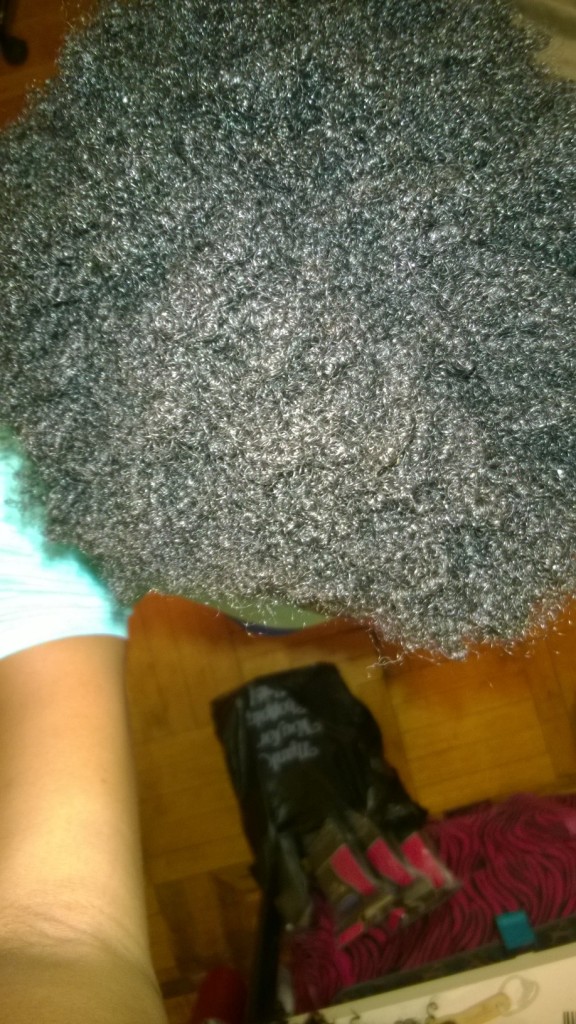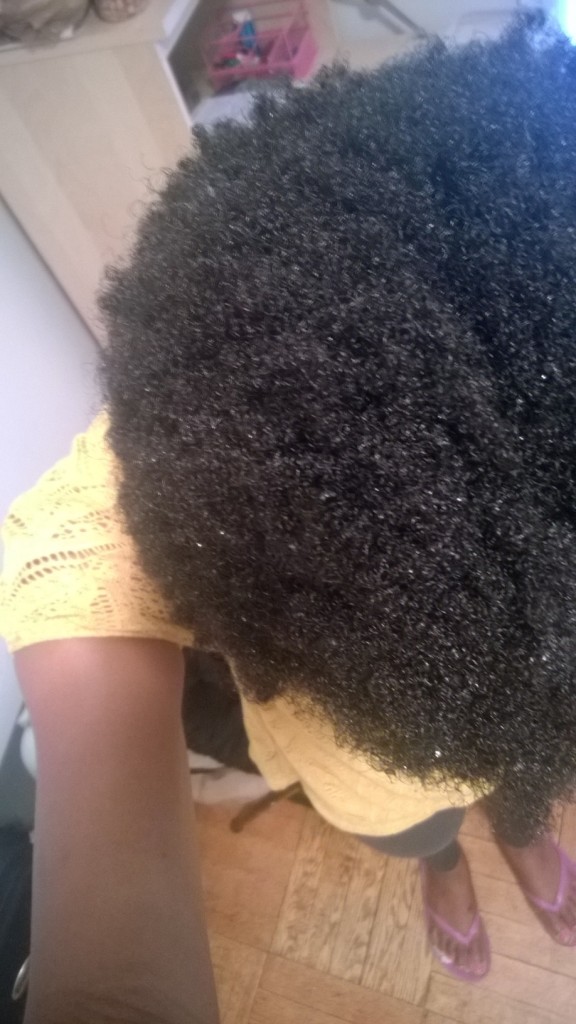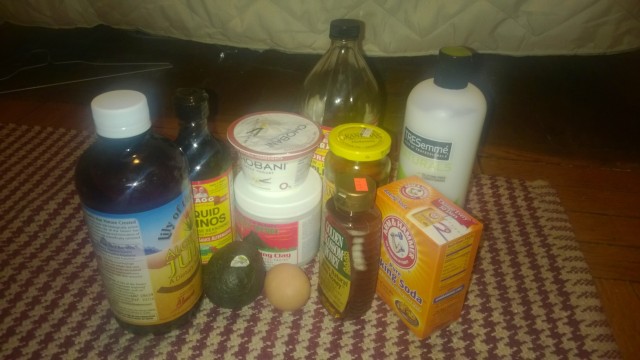Hey beautiful people!
How goes it? We are happy and kicking at The Kink and I.
So. You may wonder what the point of hair meet-ups is, especially if you’ve been natural for a while and you’re happy with your hair, your regimen, all that. Well, apart from connecting with other naturals, I believe every day is an opportunity to learn something new. May 30 will make it 3 years since my big chop (whoop whoop) and sure I’ve been immersing myself in hair knowledge during this time, but I do not know it all.
Stylist to the stars, Ms Felicia Leatherwood & Obia Ewah (of Obia Natural Hair) had the more “technical” workshops at the Nigerian Natural Hair & Beauty Show on Saturday. Technical is not the right word, but theirs were the presentations about hair care (what to do, and what not to). Obia’s workshop was about hair science- the importance of pH balance in products. More about that on Friday.
During Felicia’s workshop, I was texting MeeMee and even after that on Sunday- telling her what I had heard. Felicia said… Felicia said… LOL Hence the title of this post.
Alrightie then. Felicia said many things. Some new to me, some I already knew- all important. I took notessss (not everything) but here are some things you could think about:
1. Deep conditioning once a week is ideal. But, if you’re too busy, twice a month should be good. 25-35 minutes, with moderate heat.
2. Not rinsing shampoo out completely, and rinsing hair when you wash with water that’s too hot could cause dryness.
3. However, it is good to wash your hair in twists and rinse out your conditioner with hair still in twists. This means you retain some of the conditioner, and this helps your hair retain moisture while you style.
4. While you should rinse shampoo out with warm water to open your cuticles, rinse out your conditioner with cold water to seal your cuticles, reduce frizz and encourage shine.
5. Product junkies in the building? A faster way to test or compare products. You can try multiple products in one wash. Section your hair. You can deep condition half your hair with one product, and do the same on the other half with another DC. When you’re done, you can tell which section of your hair you like better, and as such, which product you prefer.
6. For more effective cleansing, especially if you have dandruff, “grease” your scalp with shampoo, before wetting your hair. By wetting your hair before applying shampoo, you can easily just lather lather lather and still not get most of the residue off.
7. Many people that think they have dandruff don’t really have the condition. Their scalps are just flaky for a bunch of reasons (this I can relate to. In my relaxed days I thought I had dandruff. Now, I don’t. I take better care of my hair now- oil my scalp, wash more often, all that.) So. If you have dandruff or your scalp is flaking a lot, it could also be because you have too much sugar/ starch/carbohydrates in your diet. Rice, yam, garri, soda, all these things break down to sugar. Reducing the amount of sugar you eat could turn your scalp around.
8. Colour treated shampoos & conditioners are best for coloured hair. They help maintain the colour, so it doesn’t fade fast. Felicia recommends Joico K-Pak & Ion Solutions.
9. She prefers cutting natural hair dry because of shrinkage. And also because different parts of hair grow at different rates.
10. With kinky hair, it’s better to blow dry with a comb attachment than with a brush.
On Hair Trimming:
11. It’s best to go to a stylist but you can DIY with dusting. Dust your hair by two strand twisting (uniformly) and then cutting off what’s thinner at the ends. Then, do a blow out and if your ends still look a mess, please go to a stylist!
12. At your stylist’s, don’t be afraid to communicate. If your stylist makes you uncomfortable, feel free to leave! Trim the hair small small. You can start with one inch, and then when you see how that goes, do another. Till you’re done.
13. Hint hint: look at your thumb. The distance from knuckle to fingertip is one inch.
14. If you want to give yourself a proper trim (not dusting) good luck but please concentrate. Don’t be on the phone, don’t be talking to anybody or chasing any children.
—
15. Women of Colour have so many issues with our edges not necessarily because we are genetically indisposed. It’s because we start styling our hair so early! Yes guys- even the cute afro puffs and styles with hair baubles count. Can haters see why Blue Ivy will flourish? 😋
16. Now this is one thing I always always do- and it’s good to hear it from a stylist who knows. Hold your edges while they’re being braided. Put your phone down and put your hands at that base. With cornrows too, hold it down and push forward.
17. To rejuvenate lost edges, try using Castor oil every 2-3 days. ORS Temple Balm is good too. Use twice a day for 6-8 weeks.
18. When you wear twists or braids, do a retouch every 2-3 weeks. Here, retouch means- take out the twists or braids at your hairline and redo them.
19. Nature Tint is a vegetable dye she recommends. Safe enough for use every 4-6 weeks.
20. When you start having more than just a few grey hairs, dyeing your hair will make your hair rebel & the greying will intensify LOL. So, for just a few stray greys, it’s better to use mascara or hair chalk (as long as you stay dry!)
21. Some people’s hair grows faster when it’s warmer, in the summer. (I don’t know if this applies to us here where it’s almost always warm.)
22. It’s best to use products 8 months to 1 year after opening.
23. Transitioning? Start doing curly wet sets to blend both textures. As your hair grows, you can trim off your relaxed ends now and again.
24. Curl Wax by AmPro is one of her secrets! It makes hair resistant/ impervious to changes in the weather. You can be great even in humidity. This product can help preserve a curly style for 10-20 days. Yep, new product on my list!
25. Create updos in sections, start from the back.
26. When applying styling products to your hair, start with a dime size amount per section (tiny as it is) and massage it into your hair. You can add another, and another as needed. This way you can build up to the required amount without using too much.
27. Someone in the audience asked and she confirmed, yes Cayenne Pepper can stimulate growth. Don’t go and pour the pepper on your hair raw o. Oils infused with cayenne pepper can rejuvenate. I’ll go research how, and let you know what I find out soon enough.
Okay guys. What new tips did you learn lately? Were you already familiar with all 27 tips? If you were at the show, what points in particular did you go home with?
Till Friday!
Love,
AB,
xx
P.S. Pictures from #NNHB2015 over here.










